Getting a tan is not as cool as you think it is, nor is it safe. Both expats and Malaysians are exposed to the harmful effects from the Sun’s rays, but with all the stories going around, how do you know which ones are true and which ones are plain myths?
Buzzfeed recently published an article on tanning myths that really helped clear up some of the common myths going around. Read on to clear your doubts.
See Also: This is Why You Should Always Wear Sunscreen in Malaysia
Myth 1: A Base Tan is Nature’s Sunscreen
Getting a tan is a sign of damage to your skin’s DNA. No matter what tanning saloons tells you, a suntan is NOT nature’s sunscreen. The theory behind a base tan is that your skin is gradually building up colour and will less likely burn with sudden sun exposure. In actual fact, all it does is reduce the appearance of sunburn. But, the UVA and UVB radiation from sun exposure will still damage your skin.
Myth 2: Skin Cancer from Tanning is not Deadly
Wrong again. Exposing your skin to UV radiation from sunlight will increase your risk of skin cancer because UV radiation is a known carcinogen. According to Buzzfeed, “A history of excessive sun exposure is a risk factor for several common skin cancers, such as squamous cell carcinoma and basal cell carcinoma, as well as melanoma, which kills about 10,000 Americans each year.”
Myth 3: It is Safe for Kids and Teenagers to get a Tan
Wrong, wrong, wrong. Not only is it not safe, but the earlier you start getting a tan, the higher your chances are of getting skin cancer.
Myth 4: Not all Skin Cancers are That Big a Deal
Yes and no. According to Buzzfeed, Basal cell carcinoma and squamous cell carcinoma are pretty common forms of skin cancers. It rarely kills but can lead to your skin developing ugly red and brown damage that needs to be surgically removed. Would you like to have something carved out of your skin every now and then?
Myth 5: UVB Rays are Bad but UVA Rays are Okay
UVA rays can prematurely age your skin, causing wrinkling and age spots. UVB rays can burn your skin. Too much exposure to UVA or UVB rays can cause skin cancer. UVA rays account for up to 95% of the UV radiation reaching the Earth’s surface. They were believed to be less intense than UVB rays. Recent studies show that UVA can cause damage to skin cells (keratinocytes) which is in the basal layer of the epidermis. This is where most skin cancers occur. UVA is the dominant tanning ray, outdoors or in a tanning salon, and can cause damage over time.
Myth 6: Newer Tanning Beds are Less Harmful
This is untrue. There is no difference between old and newer models.
Myth 7: You Won’t be at Risk of Cancer as Long as You Don’t Burn
The sun’s rays can damage your skin regardless of whether you burn or not.
Myth 8: Tanning is a Good Source of Vitamin D
Your body does produce Vitamin D from sun exposure which is important. But, tanning isn’t’ exactly a good source of vitamin D. This all depends on the amount of outdoor sun exposure needed and also depends on time of day, time of year and so on. Why not just consume foods with vitamin D such as calf liver, fatty fish, egg yolks, yogurt and so on?
Myth 9: Tanning = Vitamin D = Low Risk of Skin Cancer
Myth 8 should explain this better. But in case you were wondering, the answer is NO.
Myth 10: Tanning Will Help with Weight Loss
A strange myth indeed. One which needs no explanation to prove that it does not work. How about investing in a treadmill?
Myth 11: Using Sunscreen Can be Toxic
There may be some truth to this, but only if the sunscreen products uses oxybenzone, which is a chemical that protects your skin by absorbing UV rays. If you are worried, just stay away from products that use this chemical. Choose those that use titanium dioxide or zinc oxide.
Myth 12: Tanning Does Not Increase the Appearance of Wrinkles
Photo credit: New England Journal of Medicine
The picture here, taken from the NEJM should help clarify this myth. The gentleman pictured here is a 69-year-old man who was a delivery truck driver for 28 years. UVA rays can pass through windows, so the left side of his face became more wrinkled than the right side. Yikes!
Myth 13: There’s no Need for Sunscreen on a Cloudy Day
You still need sunscreen no matter how cloudy it gets. Clouds only filter about 20% of UV rays, which means at least 80% will still penetrate your skin.
Myth 14: I’m Safe as Long as I Use a Sunscreen with SPF 50 and/or Above
What you need is a broad-spectrum sunscreen that protects you from both UVA and UVB rays. Some sunscreen only offers protection from UVB rays.
Myth 15: Applying Sunscreen Once a Day is Enough
That’s fine if you are planning on staying inside all day, away from the windows too. But it is advisable to apply sunscreen half an hour before going out, ad at least every 2 hours after being exposed. You also need to apply before and after getting out of the pool.
Read This: This is Why You Should Always Wear Sunscreen in Malaysia
Source: Buzzfeed



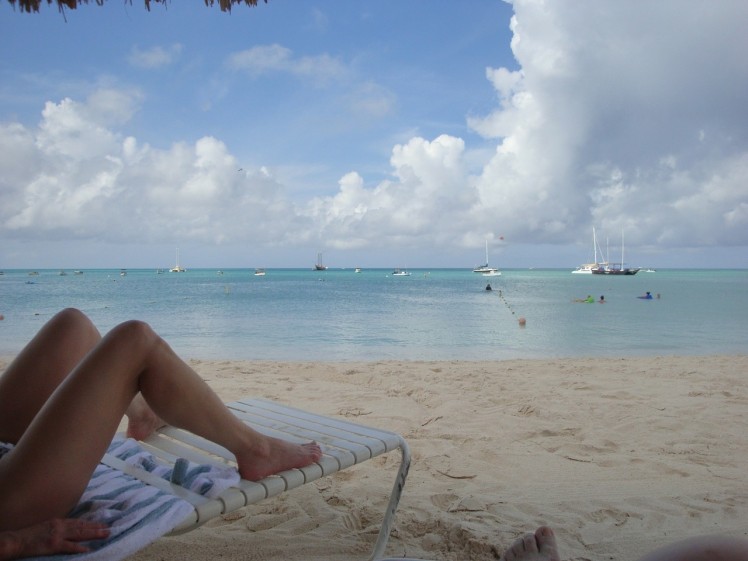
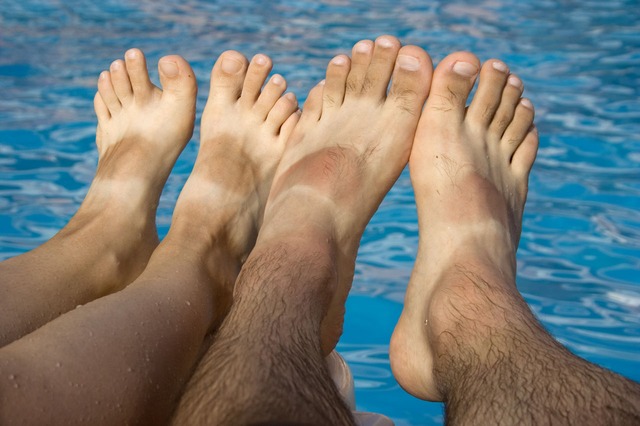
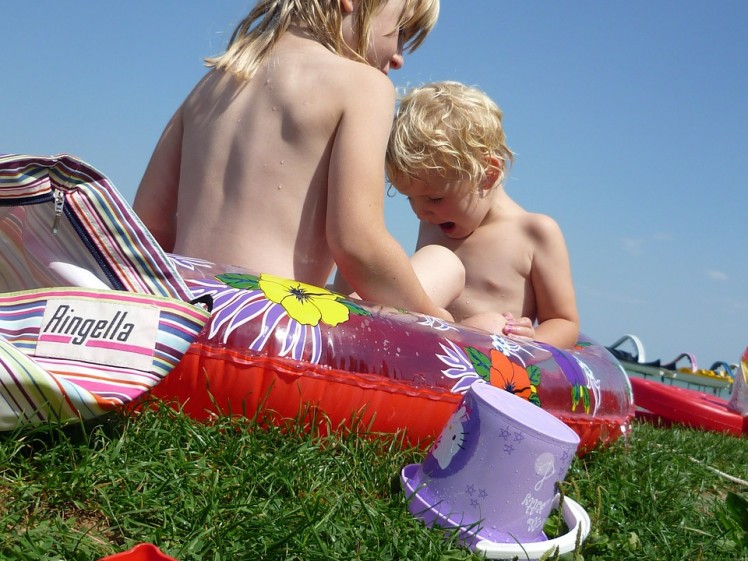
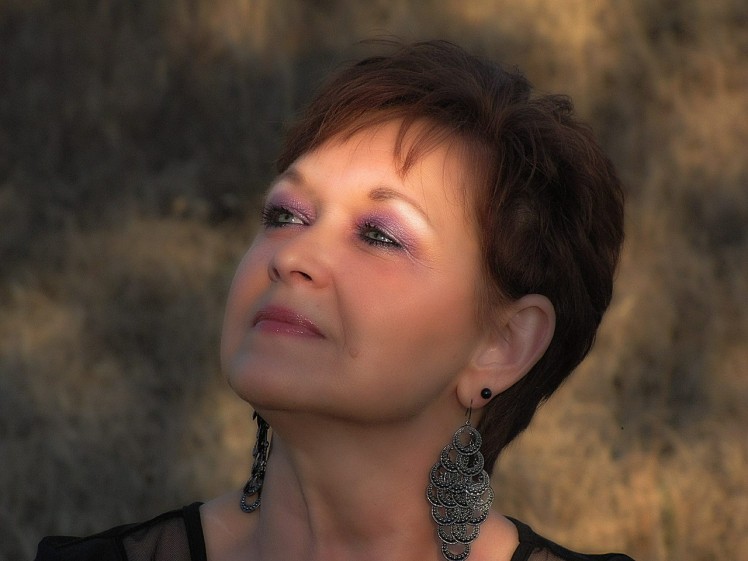
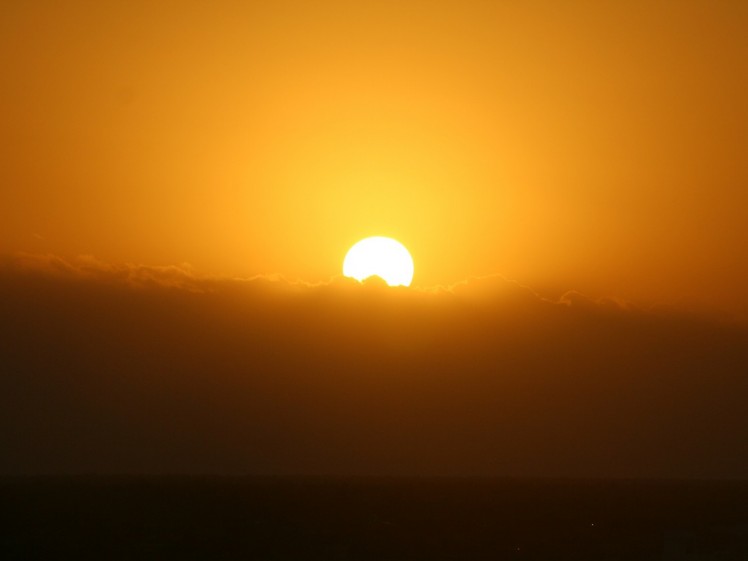
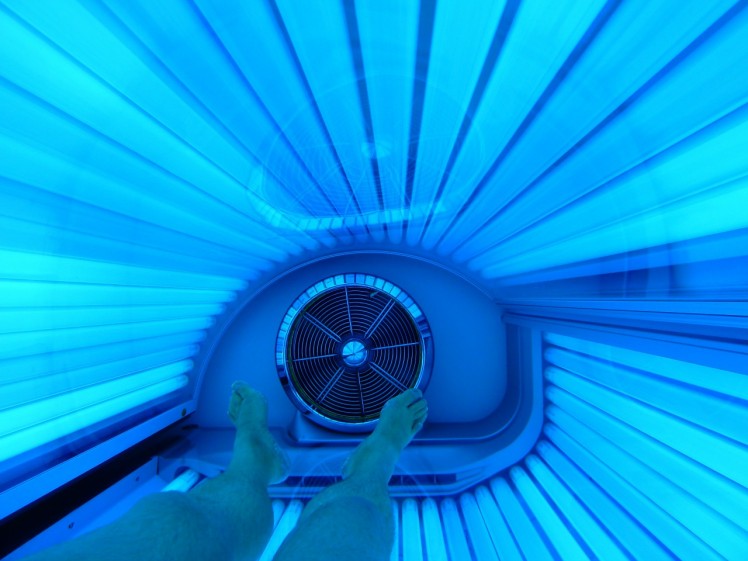
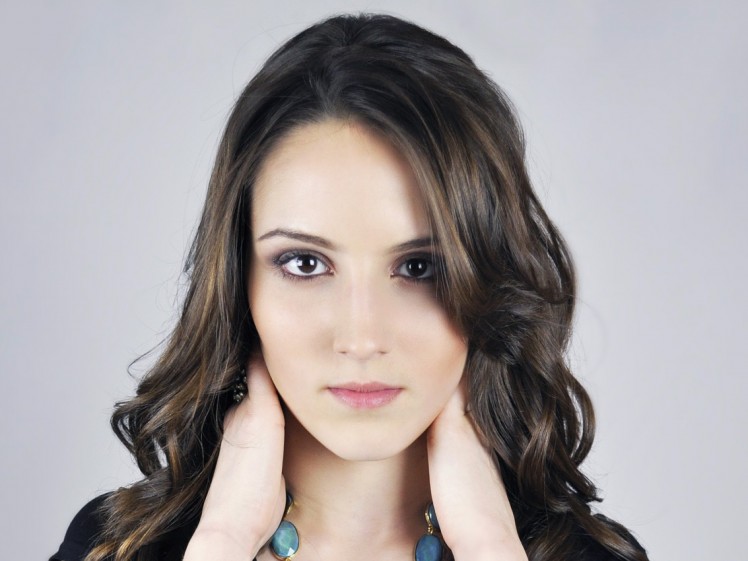
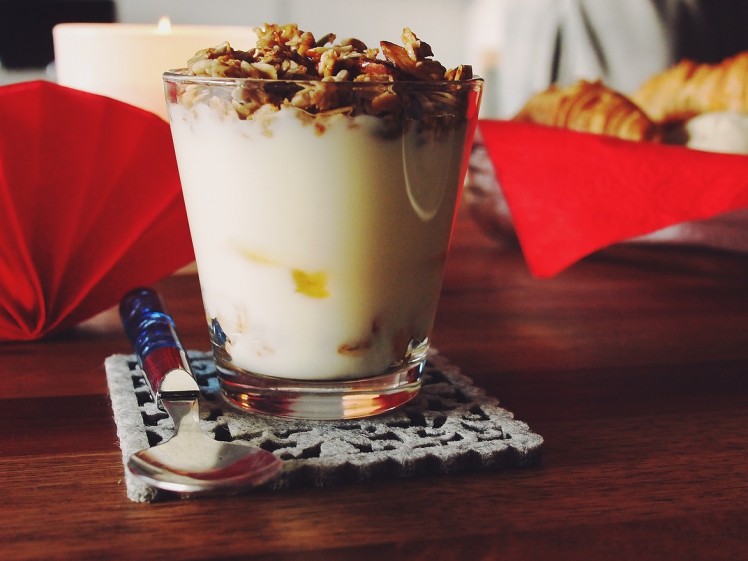
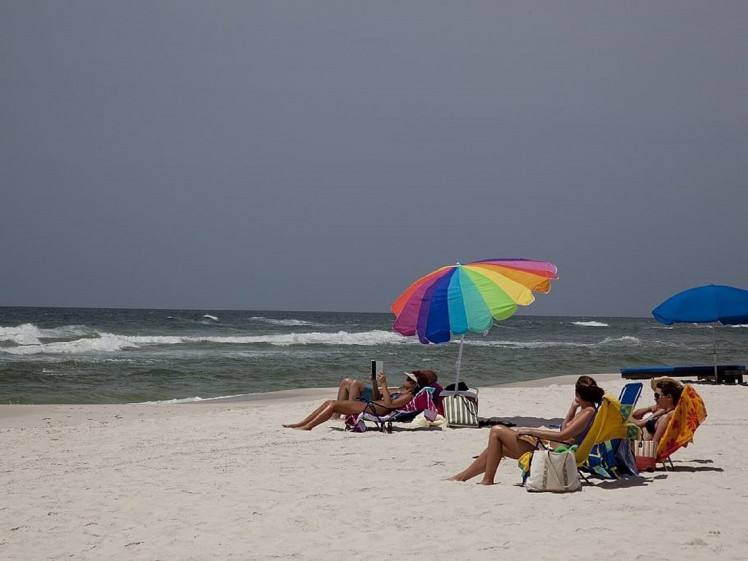
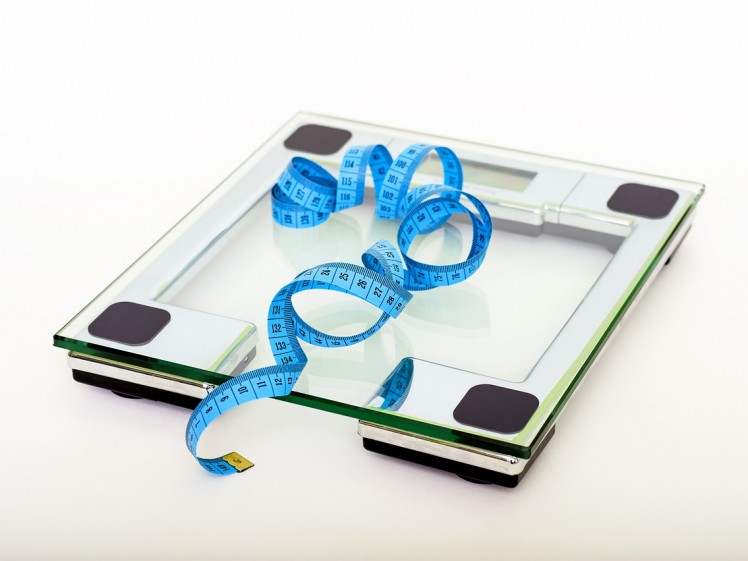
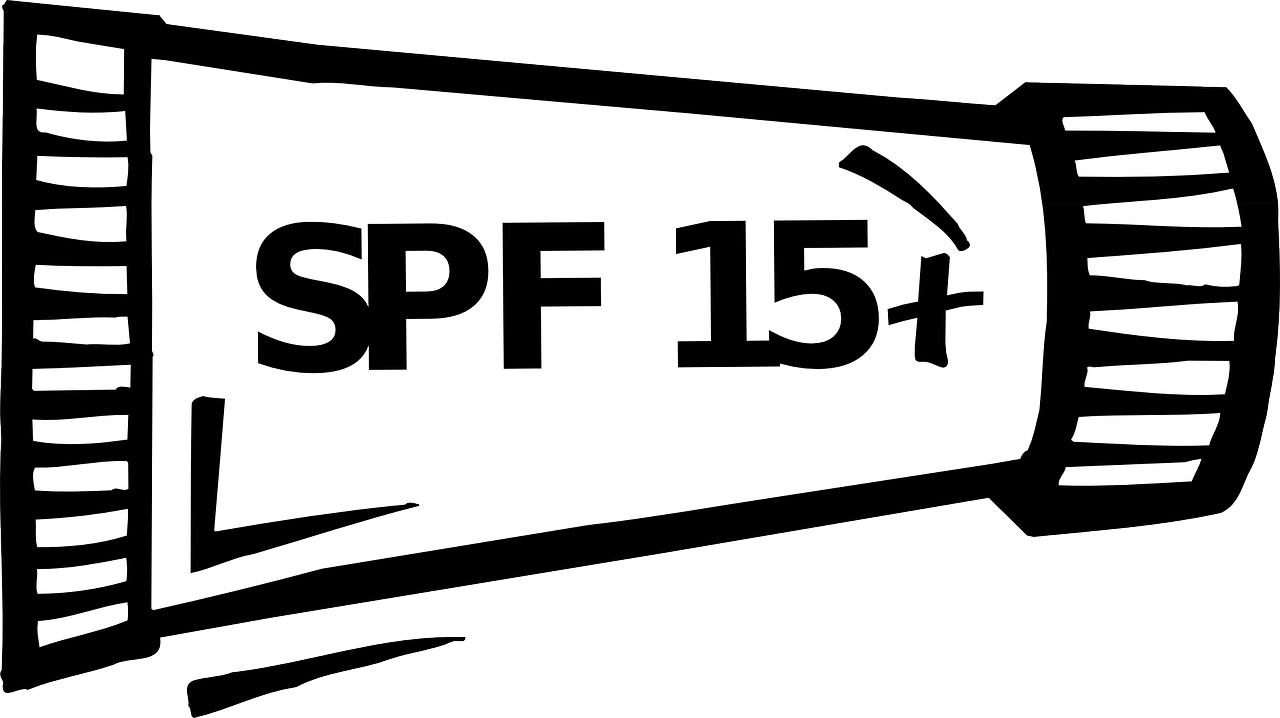
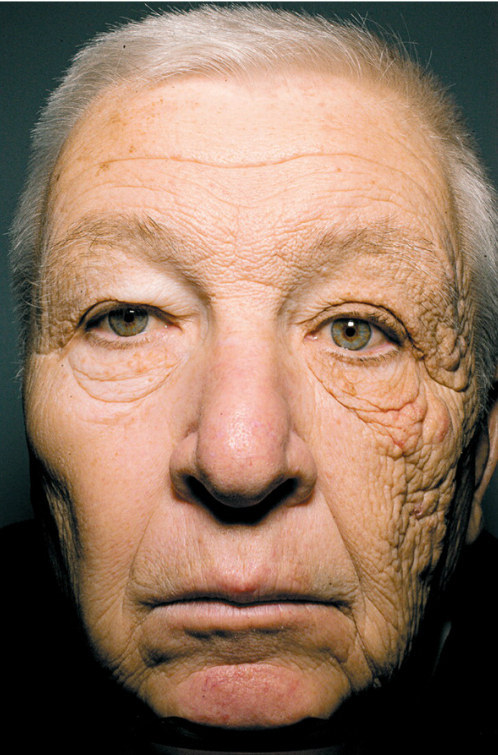

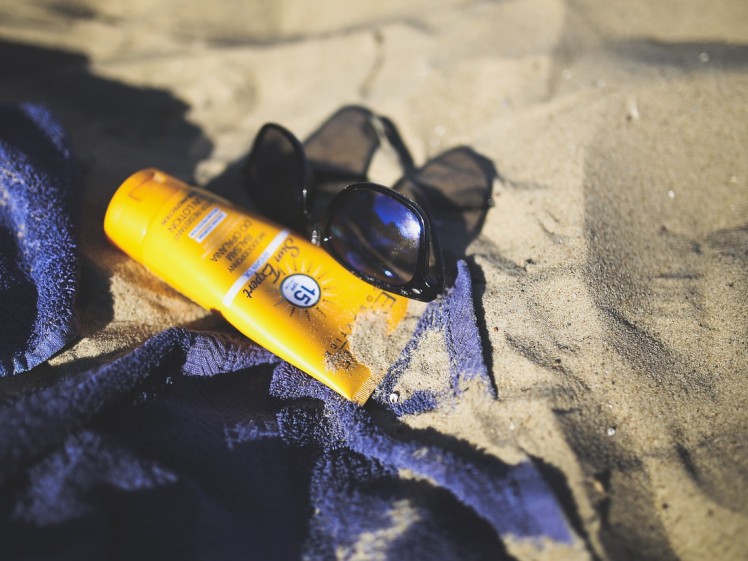
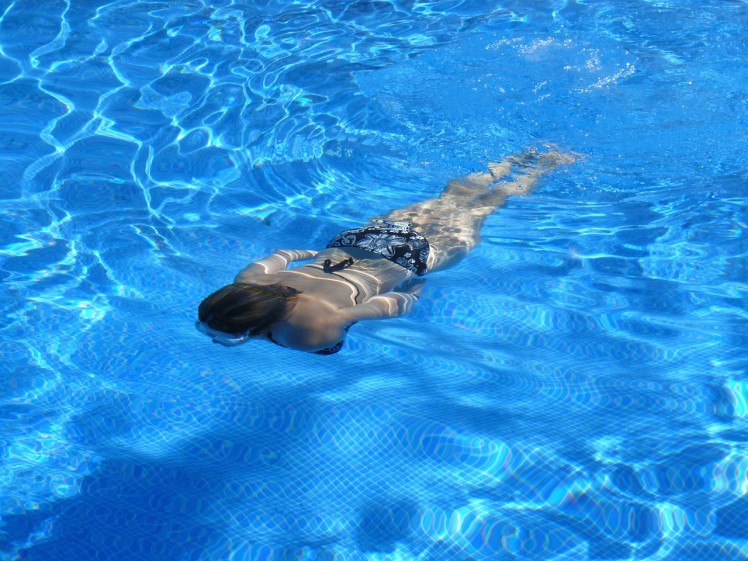


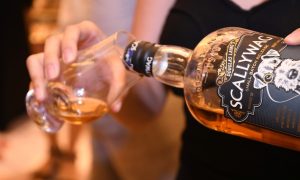















It is harmful if you live in Australia. And skin cancer is on the rise in UK due to hols to Spain, burning and sun beds. In Australia kids have no hat, no play in primary school. Slip, slop slap is the add jingle…slip on a shirt, slop on sunscreen and slap on a hat!!!!
uv rays r harmful to naked skin,yet its not so serious.drink plenty of water
Apa Khabar Semua